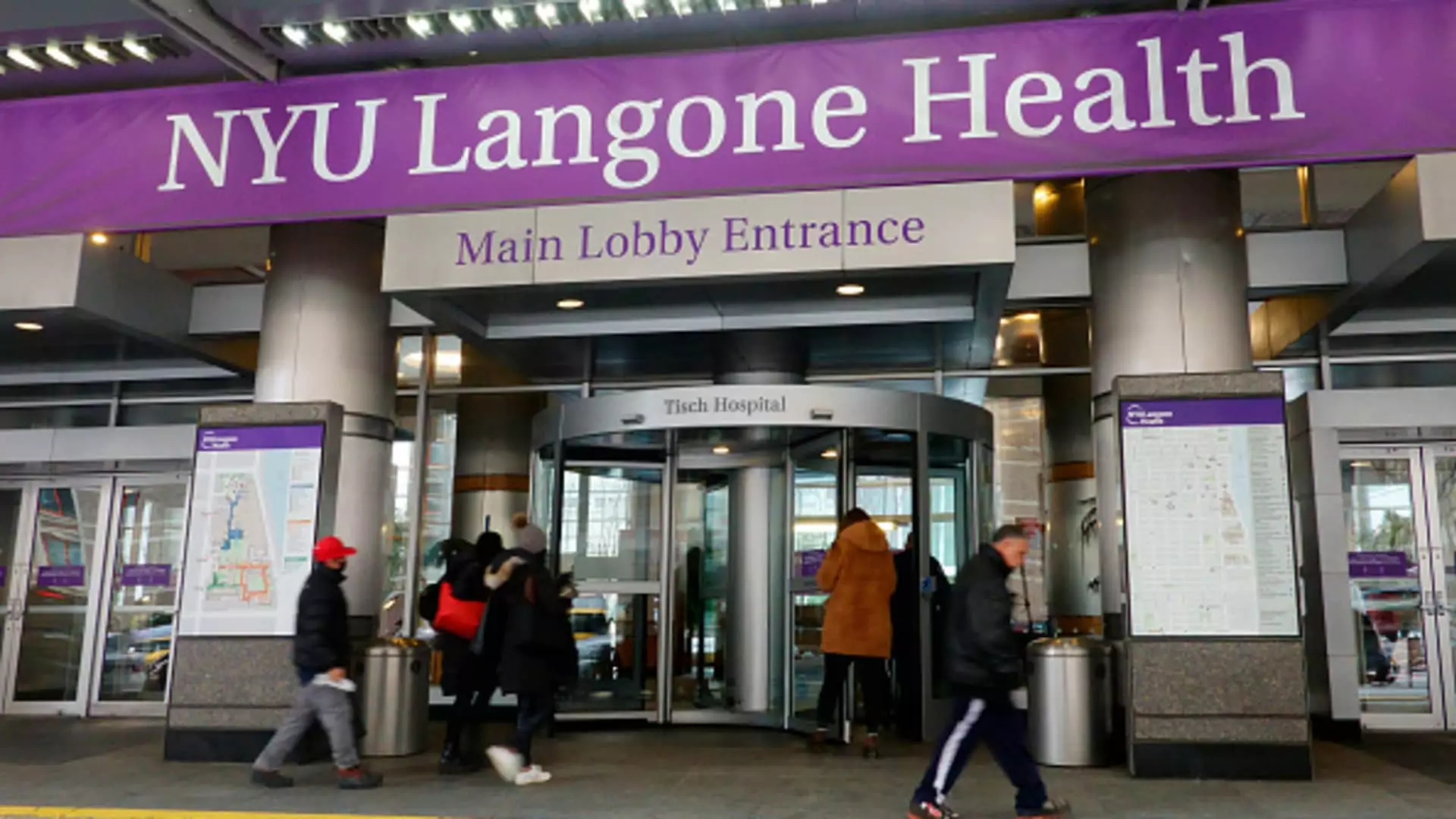When New York University’s Grossman School of Medicine opened a gateway to aspiring doctors in 2018 by offering full-tuition scholarships to all students, it seemed like a miraculous solution to soaring education costs. This pioneering decision was hailed as a transformative shift towards making healthcare education accessible to everyone, irrespective of their financial background. However, beneath this seemingly benevolent initiative lies a set of alarming realities that not only challenge the merit of the program but also reshape the demographic landscape of medical education itself.
Surge in Applications, Decline in Equity
The initial outcomes of this initiative were predictable: a sharp increase in applicants flocking to the program, sparked by an enticing promise of debt-free education. But what ensued was a startling drop in the number of financially disadvantaged students—plummeting from 12% in 2017 to a mere 3% in 2019. This trend begs the question: Who truly benefits from tuition-free education? It appears that instead of leveling the playing field, the situation exacerbates existing inequalities. As Jamie Beaton, CEO of Crimson Education, articulately points out, increasing the pool of applicants can inadvertently favor those who access better preparatory resources—privileged individuals from middle- or higher-income families.
This trend reflects a painful irony: a policy meant to democratize education seems to have inadvertently aligned with the interests of the wealthy, raising the specter of an elitist system masquerading as an equitable alternative.
Incessant Competition vs. Genuine Equality
The competitive admission atmosphere at these once-hallowed institutions has been heightened beyond recognition. When the admissions process becomes a battleground, it transforms into a war of resources where those with more means are better equipped to fortify their positions. The goal of creating a diverse academic community shifts precariously toward preserving a sense of exclusivity—a trend that contradicts the tenets of diversity and inclusion touted by these educational beacons.
While a student body composed of individuals with varying backgrounds is undoubtedly essential, the question arises: at what cost? When mid and high-income families mobilize to seize the instructional opportunities purported to be “for everyone,” the original intent of these tuition-free policies becomes obscured and ultimately trampled.
Influencing Family Choices: A Double-Edged Sword
Advertised intentions of these tuition-free initiatives often claim to alleviate the financial burdens that pressure students into careers not aligned with their passions—promising a newfound freedom to pursue medical specialties driven by interest rather than economic viability. Reality, however, indicates that the freedom afforded might predominantly serve those who already wield considerable resources.
Following NYU’s lead, several elite colleges including Harvard and Dartmouth have also adopted similar tuition-free offerings. Such policies ostensibly target low-income students; however, a closer examination reveals a nuanced narrative. Families earning up to $200,000 annually may find themselves vying for limited spots—exacerbating inequities rather than dismantling them. The alarming prospect that middle-class students will outcompete lower-income peers for such slots highlights an unintended consequence of attempting to rectify a broken system.
The Affordability Arms Race: Institutional Limitations
As educational institutions engage in an “affordability arms race,” it’s crucial to address the discrepancy in resources available to implement sweeping initiatives. A majority of schools in the U.S. remain tuition-driven, and imposing tuition-free models without proper financial backing leaves many colleges unable to support their own initiatives. Robert Franek from The Princeton Review points to this systemic limitation, reminding us that more than 95% of four-year colleges rely heavily on tuition for survival.
Though programs offering no-loan policies present a glimmer of hope for some students, the reality is that institutions and students alike must confront the insurmountable challenges that accompany high tuition rates. Affordability may be an aspiration, but without structural changes in funding and financial models, it remains merely an elusive dream.
Perils of Over-Reliance on Financial Aid
While financial aid opportunities and scholarships can buffer the burden of tuition, they can also reinforce elitism in unforeseen ways. Access to information about such opportunities is not uniformly distributed, meaning less-informed or less-resourced students often miss out on available aid. As James Lewis suggests, prospective students must critically evaluate the “retail price” of education, understanding that this figure does not always represent the final cost.
The reliance on extensive financial aid underscores an unsettling truth: many families simply cannot afford the standard prices associated with education—even with generous financial aid. Given that college tuition has surged by over 5.6% annually, families must navigate a complicated financial landscape that ultimately drives them toward substantial debts, further entrenching existing inequalities.
The notion of implementing tuition-free education at elite institutions is initially appealing, crafted in ideals of equity and opportunity. However, the stark realities reveal a situation teetering on the edge of refreshingly progressive ideals and problematic elitism, where the rich become richer at the expense of the vulnerable. True equity in education requires more than just a catchy title and generous scholarships. It calls for a significant restructuring that prioritizes inclusive access and levels the playing field for students from all walks of life.

